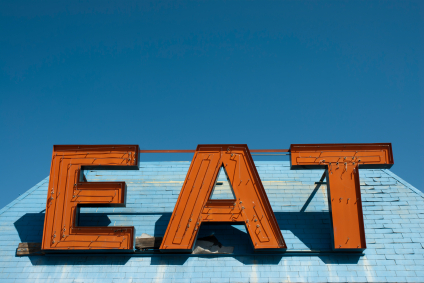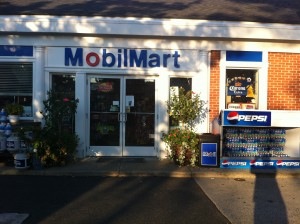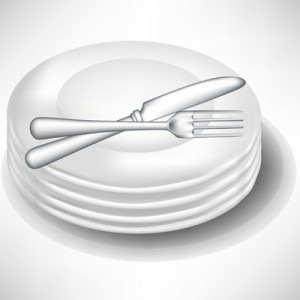 When should I eat? That’s the age-old question that many of us ask ourselves most days of the week! What would you say: “when I’m hungry” or maybe “when I want to”?
When should I eat? That’s the age-old question that many of us ask ourselves most days of the week! What would you say: “when I’m hungry” or maybe “when I want to”?
It’s not always an easy question to answer even though it seems like it should be intuitive. It can be, if you learn to listen to your body’s cues. You can also learn to stop, check in with yourself, and use a tool like the hunger scale to help you evaluate how hungry you really are.
Your Need For Fuel
Physical hunger is a basic survival mechanism. It lets your brain know that your body needs nourishment and energy and then prompts you to eat for fuel. We’re born with this ability; think about babies and how they cry when they need food and how they stop eating when they’re full.
But many of us eat so frequently that we never get to the point of letting our bodies knock on the door to tell us that they’re hungry and really need to be fed. We just eat.
Those of us who struggle with our weight might not even know – or remember – what hunger feels like. If you eat just to eat – rather than in response to hunger cues — you can become disconnected from the signals that let you know when you’re actually hungry and when you’re full.
The Hunger Scale
There’s a hunger scale you can use to help identify how hungry you are and when it’s reasonable to eat. The scale goes from 1 to 10 with 1 being ravenous and 10 being so full that you feel sick.
The Scale:
- You’re ravenous and too hungry to give a hoot about what you eat
- You’re starving and absolutely must eat immediately because you’re irritable, cranky, and have no energy
- You’re hungry and the urge to eat is strong
- Your hunger pangs are signaling the first signs of hunger; you’re a little hungry
- You’re satisfied – not hungry but not full and you’re not aware of food in your stomach
- You’re fully satisfied and are aware of food in your stomach
- You’re very full, your stomach feels stretched, and you’re past the point of satisfaction but can still find room for more
- You’re uncomfortable because your stomach is too full and you really wish you hadn’t had those last few bites
- You’re stuffed, very uncomfortable, and your clothes feel very tight – that belt buckle or snap on your jeans doesn’t stand a chance
- You’re beyond full and feel sick, miserable, and you don’t want to move
Calorie Savers
Try asking yourself, “What number am I at?”
- If you’re above a number 5 you’re not physically hungry and something else is triggering your eating.
- If you’re at number 4 you can wait to eat or eat a little bit.
- If you’re at a 3 – it could go to 2 — it’s a good time to heat – have you noticed that food tastes pretty good when you’re hungry?
- If you’re at number 1 you really need to eat — but pay attention to what you’re doing. When you’re starving you don’t care too much about what or how much you eat – and usually end up shoveling food in as quickly as possible – which can result in overeating (pigging out) and ending up at a 7 and up.
- You should generally stop eating if you’re at a 6, sometimes a 7.
- Gauge your hunger. If you’re only a little hungry, only eat a little. Preventive eating – or eating because you might be hungry in a little while – can cause you to pack in a lot of calories.
You’ll be able to find 49 more calorie saving tips in my soon to be released book. Sign up in the box on the right to be notified by email when it becomes available and get your free copy of “How To Decode A Restaurant Menu’s Words And Phrases” as a bonus.

